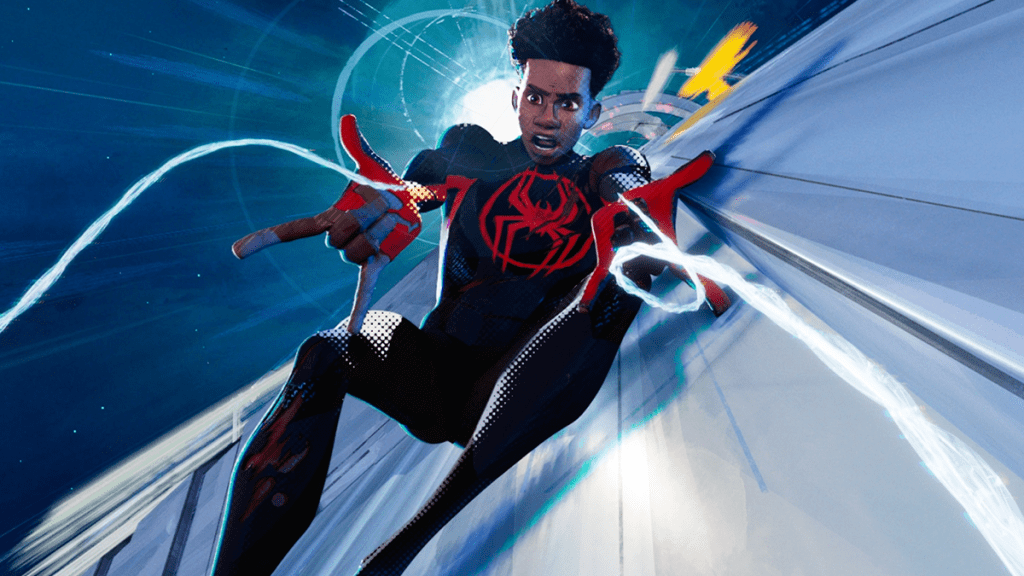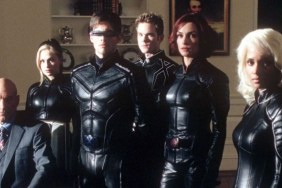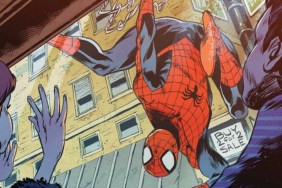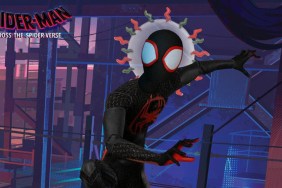Spider-Man: Across The Spider-Verse is on track to outgross its predecessor. While Into The Spider-Verse was a bit of an overlooked gem back when it hit theaters in December 2018, the film has gained popularity in the near-half decade since its release, and the sequel opened big at the box office. Apart from Pixar’s The Incredibles and its sequel, animated superhero movies haven’t typically done well at the box office, so this is a pretty big deal.
So naturally, a live-action movie starring the Miles Morales version of Spider-Man was just announced to be in the works at Sony. Now, Miles Morales has seemed like an inevitable comic book character to make the jump to live-action since before Into the Spider-Verse even came out (frankly, a lot of fans have grown frustrated he still hasn’t since that little tease in Spider-Man: Homecoming happened nearly six years ago now). But it seems like whenever something is popular in animated form, the instinct of studios is often to “upgrade” it to live-action format. (See: the constant stream of live-action Disney remakes and the live-action versions of Titans, Winx Club, and the recently scrapped Powerpuff Girls).
Why make a live-action Miles Morales movie now?
The studios do this to make more money off beloved properties, of course, but it is certainly noteworthy that the reverse doesn’t happen nearly as often; lots of animated properties go on to get live-action iterations, but not many live-action ones get animated versions after the fact. Even when they do, like the many animated Star Wars movies and series over the years, they don’t tend to get as much attention or reverence as their live-action counterparts (which is likely why the live-action to animation pipeline isn’t as common).
Most live-action counterparts of animated properties don’t become as popular as the animated versions (again, look at the cultural impact of Disney’s live-action remakes versus the movies they were based off of). However, when it comes to superhero media, the live-action versions seem to rule that corner of the pop culture landscape. Many of those films are in the billion-dollar box office club, while only Incredibles 2 — a movie that is part of a franchise that, apart from some smaller book tie-ins and such, really only exists in animated form — is the only animated superhero movie that has managed to achieve the milestone.
Meanwhile on the small screen, there are tons of cartoons focusing on popular superheroes — especially those from DC and Marvel — but the majority of the ones that are remembered the most fondly are on the live-action side of things, like the Batman series from the 1960s, The Incredible Hulk and Wonder Woman from the 1970s, Heroes from the 2000s, and the recently-concluded Arrowverse.
The two most highly-revered animated superhero shows in the cultural consciousness are probably Teen Titans — which was the first major onscreen story centered on that particular team of heroes — and Batman: The Animated Series, which managed to actually impact the comic book source material rather than simply the other way around, most notably by introducing the character of Harley Quinn to the DC Universe. Another is the 1990s X-Men cartoon, which will soon get a sequel on Disney+ titled X-Men ‘97.
The Spider-Verse franchise has all the elements to go the way of these projects and secure itself a place in the long-term cultural memory of comic book media. However, it’s in a bit of an unprecedented situation, as it’s a big-screen story rather than a television series. As well as it is currently doing (Across the Spider-Verse had an opening of about $85 million more than Into the Spider-Verse), it can’t be ignored that a certain other version of the “Spider-Verse” got way more hype from fans … and way more money at the box office. Across the Spider-Verse clearly had more buzz and excitement going into it than its predecessor did, but it still didn’t have nearly the momentum of the nostalgia-fueled live-action Spider-Man: No Way Home, which came out between Spider-Verse installments and grossed nearly $2 billion.
It’s wonderful that such a great character like Miles Morales is going to be incorporated into one of the live-action Marvel franchises (here’s hoping it’s the MCU and not whatever Sony has going on with the likes of Morbius and the Venom movies) but it would be a shame if it were to overshadow the Spider-Verse too much. These movies have changed the game not just for comic book media, but animation in general. The first got a well-deserved Best Animated Feature Oscar in 2019, and the second will surely be nominated if not win during next year’s ceremony combining various styles of comic book art and translating it all into an animated format. And of course, they have been monumental in helping change the perception of Sony Pictures Animation from a studio that played it safe and boring to one of the most exciting hubs for the medium at the moment.
The success of these movies will hopefully mean the live-action version of Miles Morales will be a welcome addition for fans (especially since a lot of marginalized superheroes, including Morales himself upon his introduction to Marvel Comics, have received backlash from certain crowds) but it’s important to remember that this new iteration of the character is an addition, not a promotion, and the Spider-Verse franchise isn’t a stepping stone to getting Miles Morales in the MCU but a landmark achievement for film in its own right.









